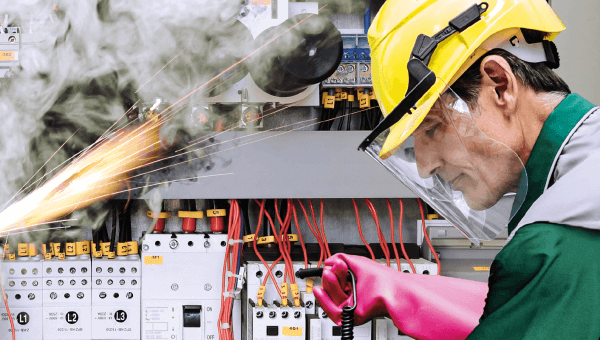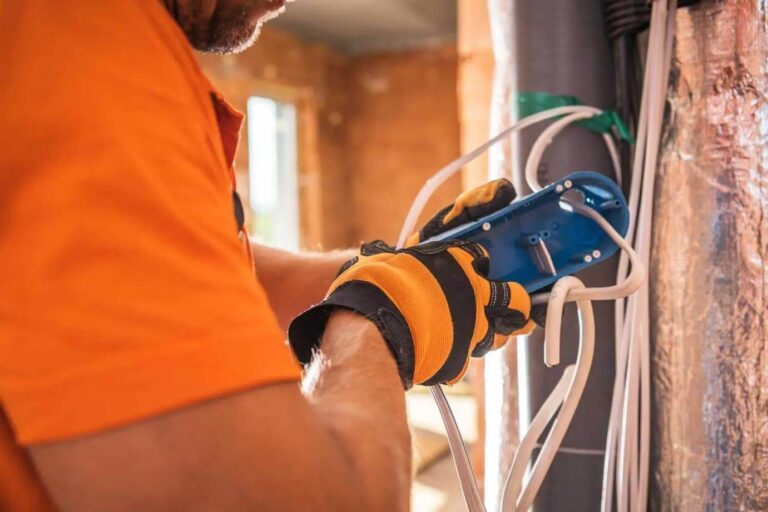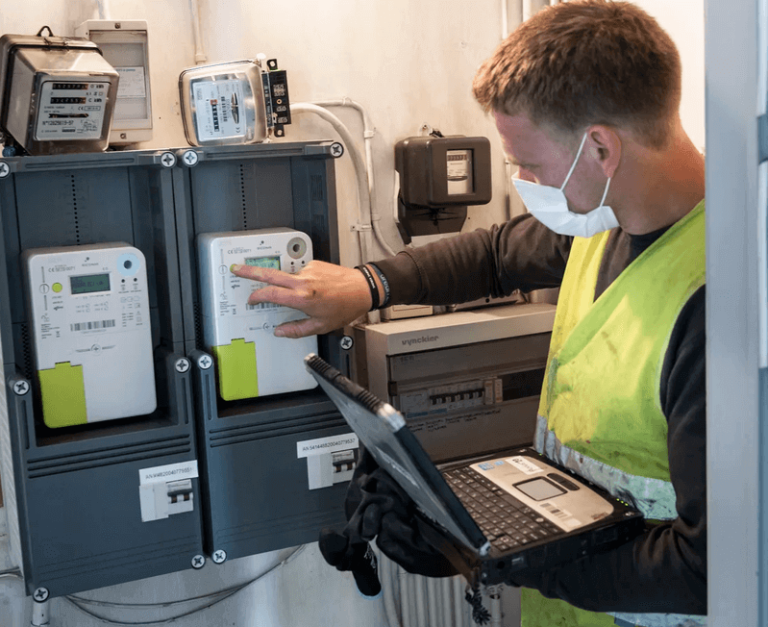In the electrical trade, the assessment of defects is a critical task that ensures the safety and functionality of electrical systems. Whether it’s in residential, commercial, or industrial settings, identifying and rectifying electrical defects promptly can prevent hazardous situations, costly repairs, and ensure compliance with Australian electrical standards. The process of defect assessment involves a detailed examination of an electrical system to identify issues such as faulty wiring, outdated components, or other elements that may compromise the system’s integrity.
Electrical defects can range from minor issues, like loose connections, to major hazards like overloaded circuits or faulty grounding. Often, these defects are not immediately visible and can require a trained electrician’s expertise to detect through specialised tools and experience. Regular inspections and assessments are essential, especially in older properties or where heavy electrical loads are used, to prevent serious malfunctions.
Common Electrical Defects
The most frequently encountered electrical defects include faulty wiring, outdated switchboards, and defective grounding systems. Faulty wiring is particularly dangerous as it can lead to short circuits, fires, or even electrocution. In older buildings, wiring may not meet the current Australian standards, leading to risks that may not be apparent until a thorough assessment is conducted. Loose or damaged connections can also cause arcing, which is a major fire risk.
Another prevalent defect is outdated switchboards. Older switchboards may not be equipped to handle the electrical load of modern homes and businesses, leading to potential overloads or failure. Replacing or upgrading switchboards is a common recommendation following a defect assessment.
Defective grounding systems are another issue often identified during assessments. Proper grounding is essential for the safe operation of electrical systems, as it directs excess electricity away from appliances and individuals. A defective grounding system can result in electrical shock hazards or damage to sensitive electronic equipment.
Tools and Techniques in Defect Assessment
Electrical professionals rely on a range of tools to identify defects in systems. These include multi meters for measuring voltage, current, and resistance, as well as insulation testers, thermal imaging cameras, and circuit tracers. Each of these tools plays a critical role in pinpointing issues that may not be visible during a visual inspection.
Thermal imaging, for instance, is a non-invasive method used to detect overheating in circuits or electrical panels. It allows electricians to see hot spots that indicate an impending failure or the presence of a defect. This technology is especially useful in large commercial or industrial setups where inspecting every component manually would be time-consuming.
Regular testing and inspections are often mandated by Australian regulations, and certified electricians must follow strict protocols to ensure systems are safe and operational. During an assessment, professionals will often perform tests under both normal and abnormal load conditions to ensure that the system can handle different electrical demands without fault.
Why Regular Defect Assessments are Necessary
Without regular assessments, electrical defects can go unnoticed, leading to potential dangers down the line. For homeowners and business operators, these unnoticed defects can result in serious issues, including electrical fires, appliance damage, and even injury. Additionally, failing to identify and rectify electrical defects can leave a property non-compliant with Australian electrical safety standards, which could have legal and financial repercussions.
Frequent defect assessments are not only essential for safety but also for ensuring energy efficiency. Faulty electrical systems tend to consume more power, leading to increased energy bills. By identifying and fixing defects, property owners can enjoy safer environments and potentially lower their operational costs over time.

















